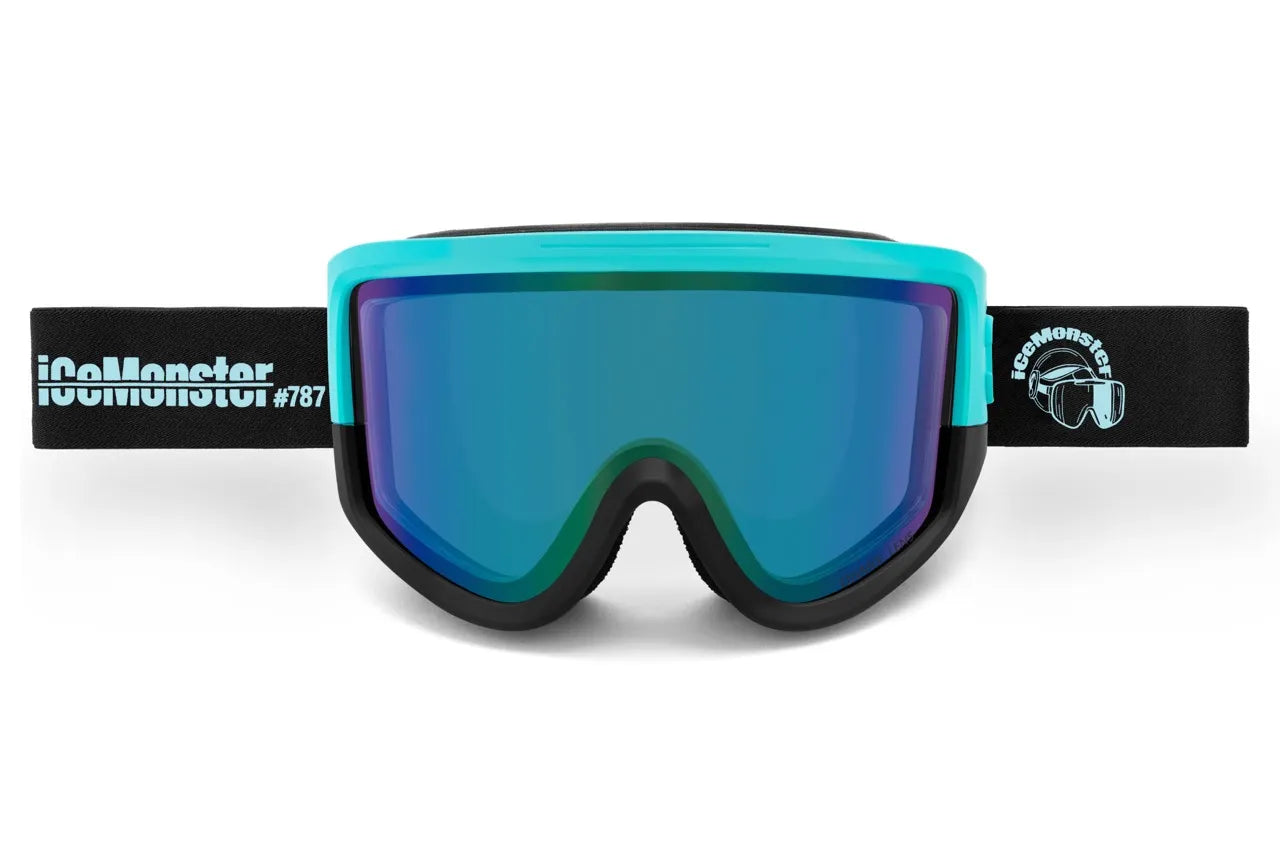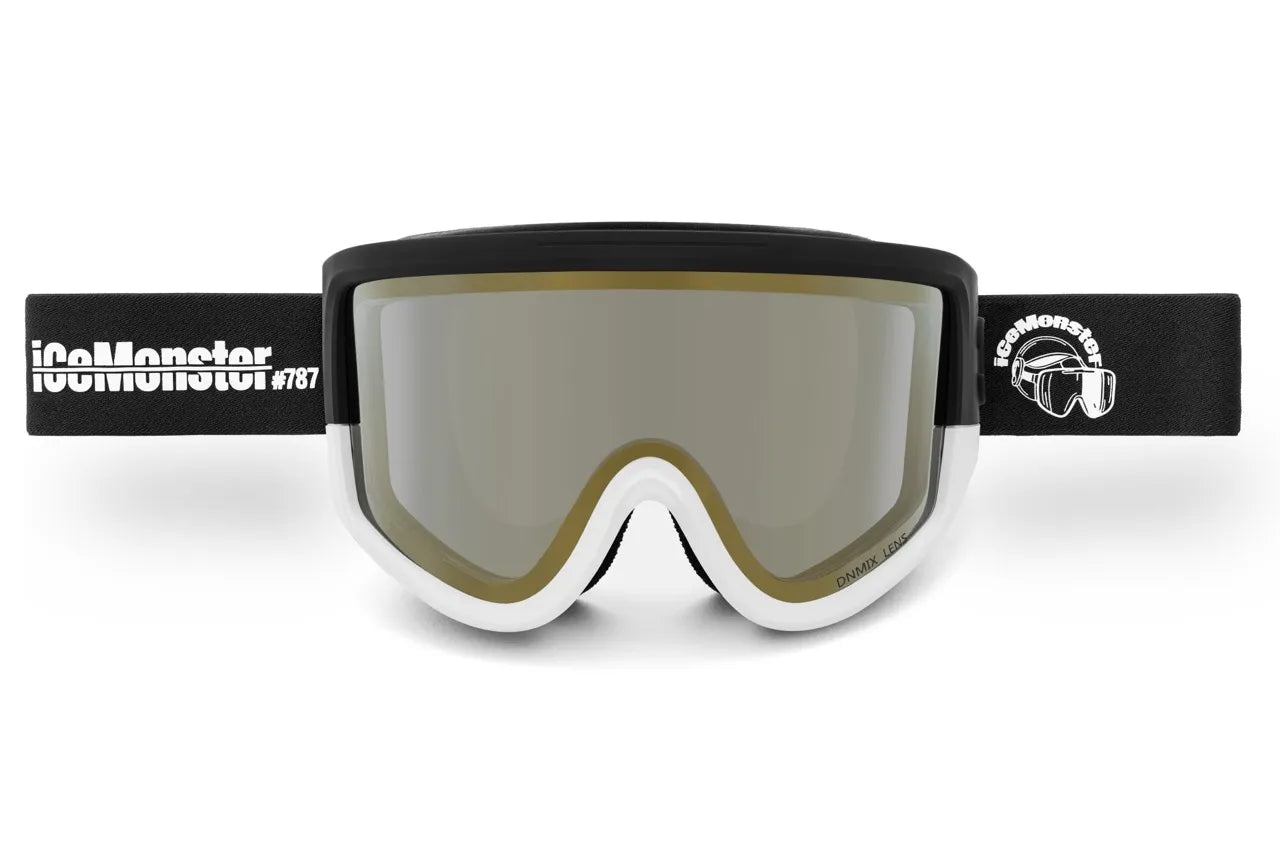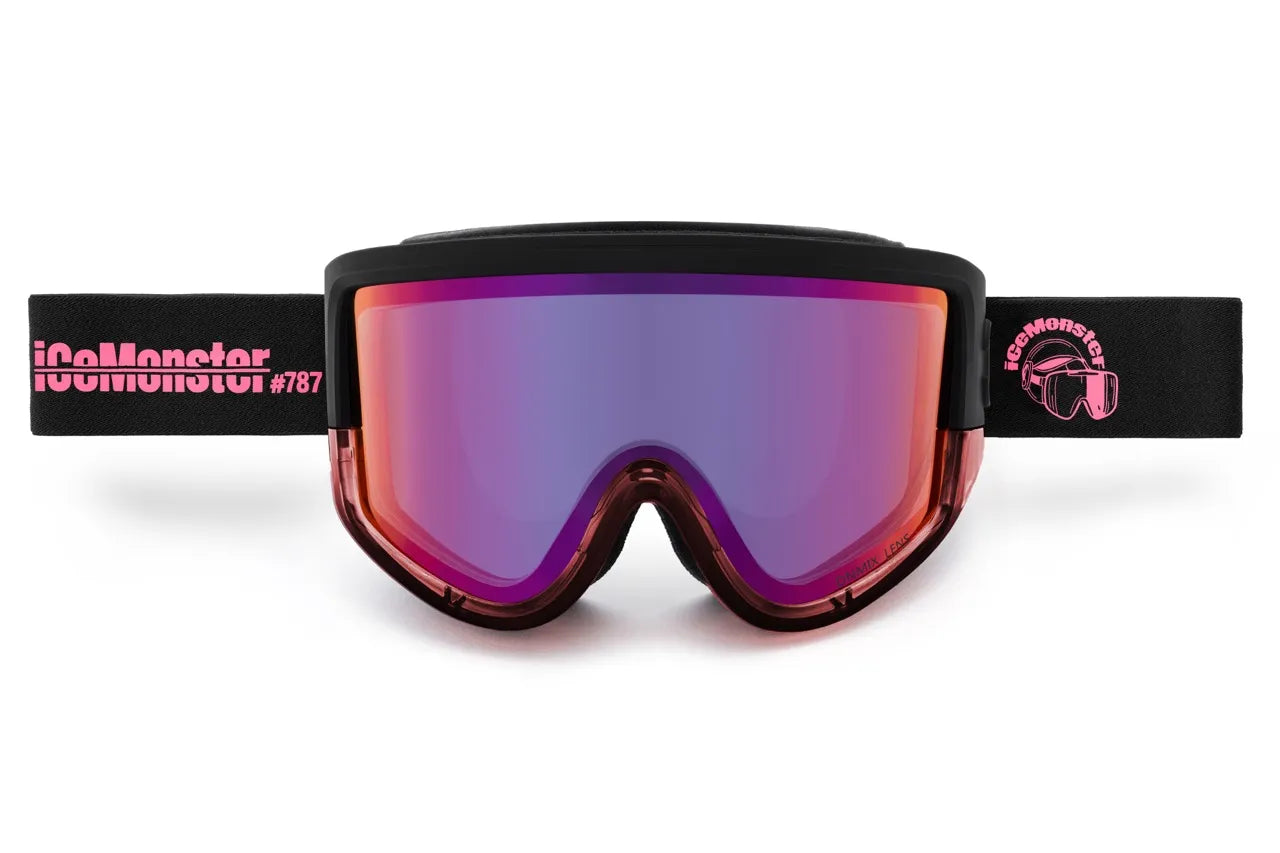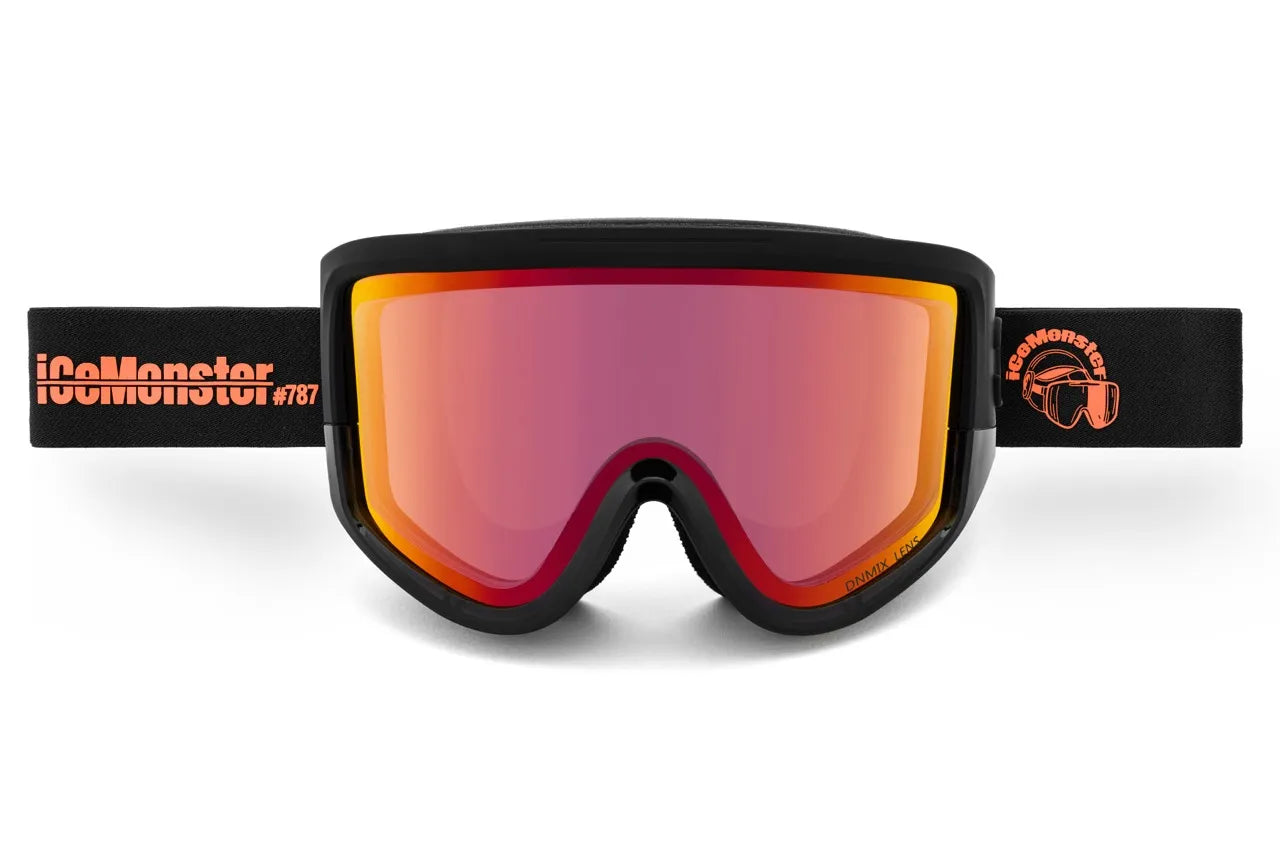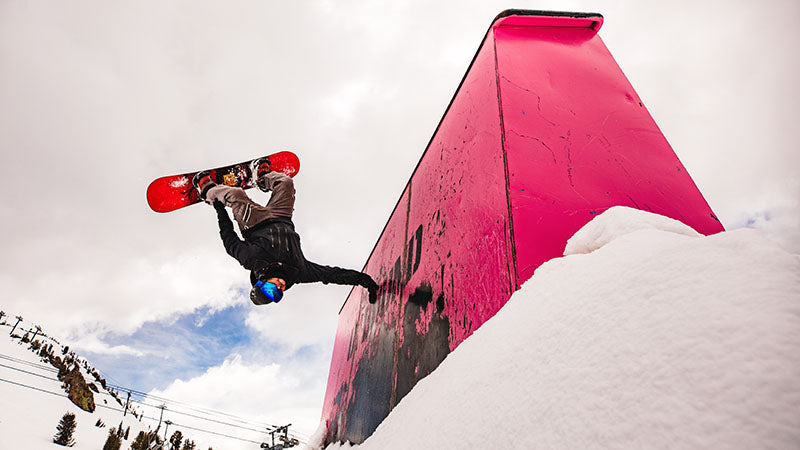
How to Choose the Perfect Ski Helmet: An Expert Guide

Embarking on snow-filled adventures? Your safety gear, especially your helmet, is paramount. This guide will show you how to pick a ski helmet that not only fits well but also enhances your snowboarding or skiing experience.
Understanding Certification Standards
When choosing a ski helmet, it’s crucial to ensure it meets safety certifications. At REI, helmets adhere to the ASTM F2040 standard, a benchmark for snow helmet safety in the U.S. Some also align with the CE EN1077, a standard in Europe, ensuring robust protection for alpine skiing and snowboarding.

Components and Construction
- Shell: Typically made from high-impact ABS plastic, it’s designed to deflect sharp objects and disperse impact energy.
- Inner Liner: Usually crafted from EPS foam, which is vital for absorbing shocks. Remember, helmets should be replaced after significant falls.
Helmets are constructed in two major ways: in-mold and injection-molded. In-mold helmets are lighter, with the shell and foam molded together, whereas injection-molded helmets offer greater durability with separate EPS foam and shell.

Getting the Right Fit
For optimal safety, a helmet must fit snugly yet comfortably. Measure the largest part of your head to determine the right size. Ensure there are no gaps between your helmet and goggles, which is essential for warmth and protection.
Features and Accessories
- Vents: Adjustable vents are crucial for airflow control, regulating your temperature during activity.
- Camera Mount: Capture your adventure with helmets featuring built-in camera mounts.
- Audio: Some helmets offer built-in speakers for music and communication needs.
- Removable Liners: Adds versatility for warmth and washing convenience.
- Goggle Compatibility: Ensures a seamless fit with your goggles.
Safety and Style
While style is a personal choice, it should never compromise safety. Consider helmets with rotational impact protection like MIPS or Koroyd technology, which provide additional safety layers during impacts.

Optimizing Your Experience with IceMonster DNMIX™ Goggles
Enhance your skiing experience with IceMonster DNMIX™ Electrochromic Lens Technology. This innovative solution allows for one-touch tint adjustment, adapting to light conditions for optimal eye protection. Coupled with ANF MAX™ Anti-Fog Technology, these goggles ensure clear vision and comfort.
Q&A Section
-
Q: Why is helmet certification important?
A: Certifications like ASTM F2040 and CE EN1077 ensure that helmets meet safety standards to protect against impacts. -
Q: How often should I replace my ski helmet?
A: Helmets should be replaced after a serious fall or every few years due to wear and tear. -
Q: How do IceMonster goggles enhance skiing?
A: They adjust to light changes, reduce fogging, and protect against UV rays, improving both safety and comfort.

